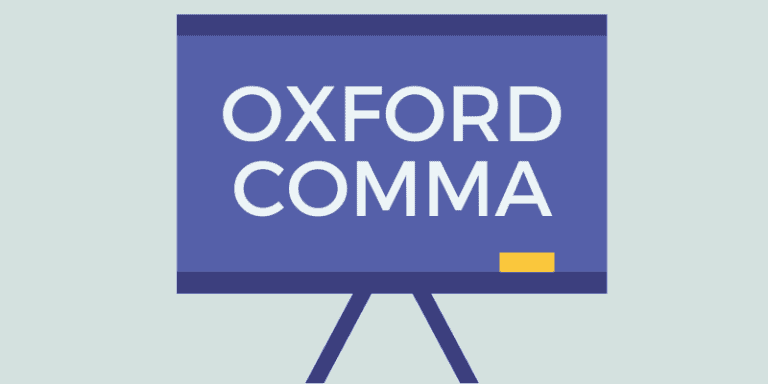Terminal Punctuation – How to End a Sentence
Making your point to an audience is easier when you use the proper punctuation. This is especially true of terminal marks to indicate the type of sentence you are using. Your choice of mark can indicate an exclamation, question, or even continued thought. Take a look at which punctuation marks …
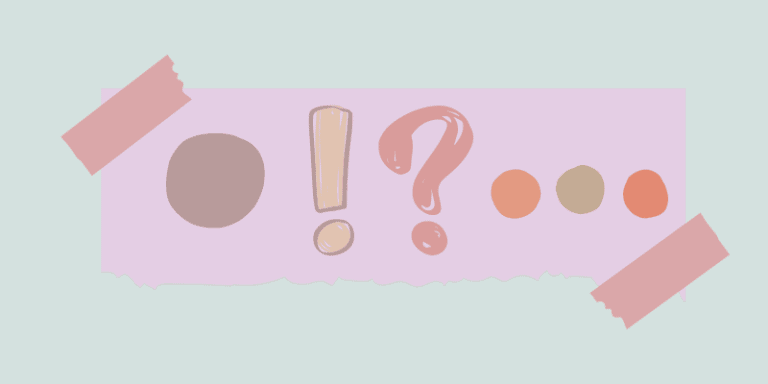
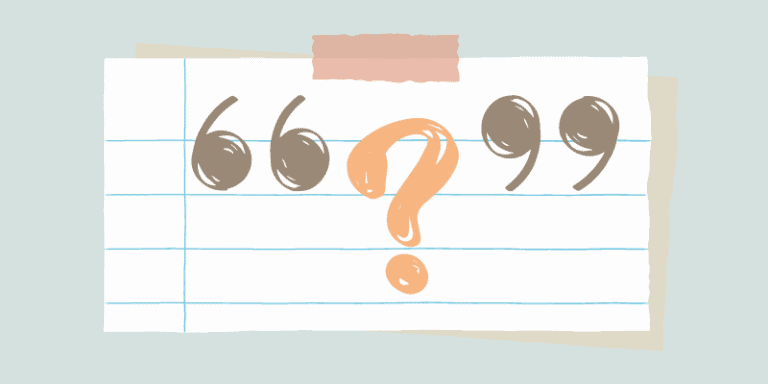
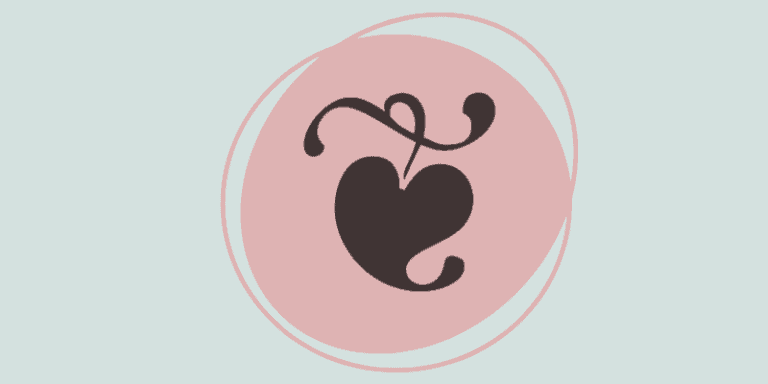
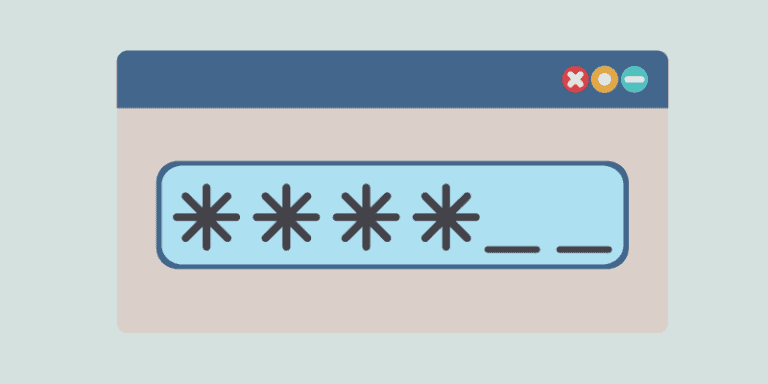
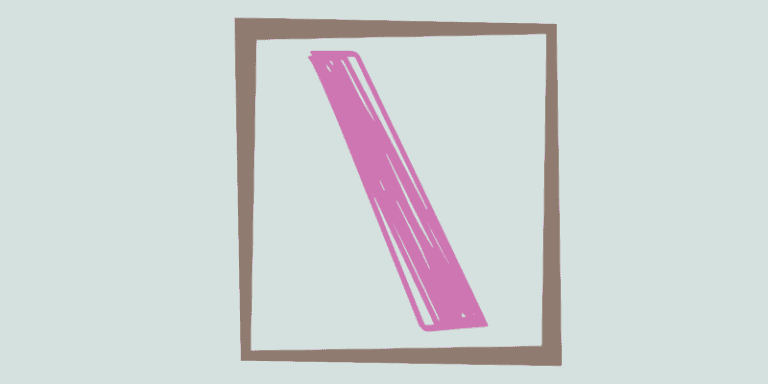

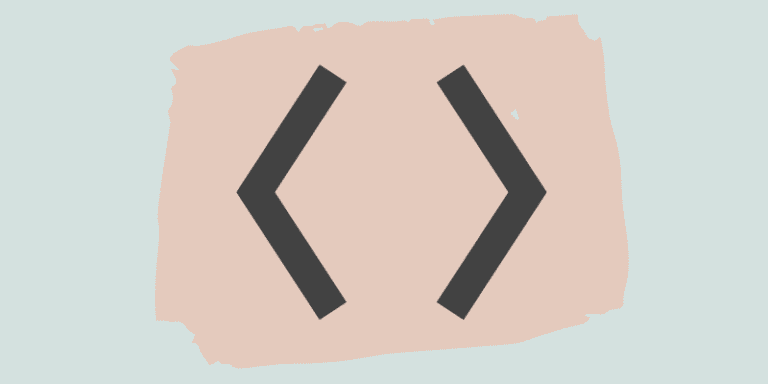
![When to Use Square Brackets [...] - With Examples 9 Grammarist Featured Image V3 2022 06 17T180647.315](https://grammarist.com/wp-content/uploads/Grammarist-Featured-Image-V3-2022-06-17T180647.315-768x384.png)
